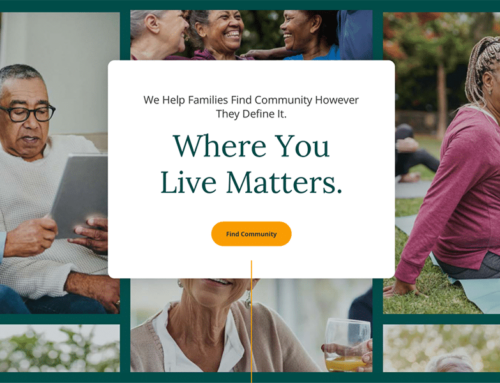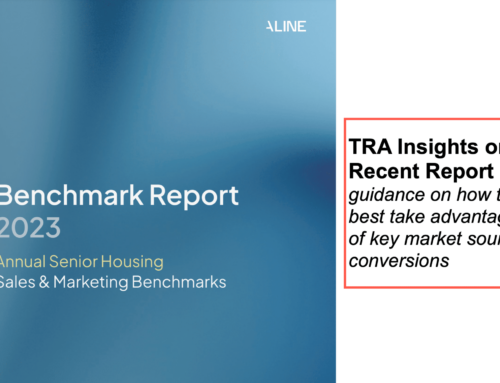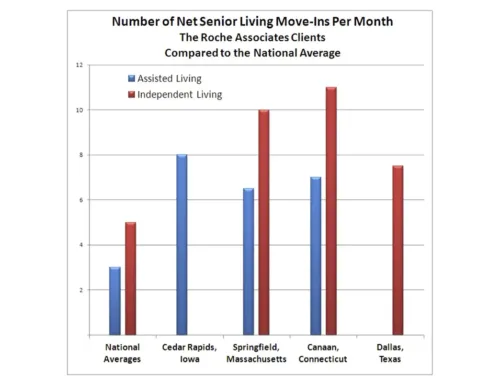As the senior living industry continues to evolve, understanding the demographics of the aging population becomes increasingly crucial for effective marketing, service planning, and community development. The senior demographic is diverse, encompassing a range of preferences, needs, and lifestyles. In this article, we’ll delve into the key aspects of senior living demographics, highlighting the importance of catering to this diverse and growing segment of society.
1. Age and Generational Diversity
The senior demographic spans multiple generations, each with its unique characteristics and expectations. The Silent Generation, Baby Boomers, Generation X, and even some Millennials are entering the senior living market. Recognizing the generational diversity helps tailor your offerings to meet their specific preferences and experiences.
2. Lifestyle Preferences
Seniors today seek active and engaging lifestyles that promote well-being and connection. Some prefer independent living communities, valuing autonomy and a range of amenities, while others opt for assisted living or memory care due to health considerations. Understanding these preferences is essential for offering appropriate services and amenities.
3. Financial Considerations
Seniors have varying financial situations, influencing their choices in senior living. Some may have ample savings, while others rely on fixed incomes or government assistance. Offering a range of financial options, from affordable housing to premium amenities, ensures your community is accessible to a wider demographic.
4. Health and Care Needs
Health and care needs greatly influence senior living decisions. Some seniors are active and healthy, seeking communities that offer recreational and social opportunities. Others may require specialized care due to chronic conditions or cognitive decline. Tailoring your services to accommodate a spectrum of health needs ensures you can cater to a broader audience.
5. Family Dynamics
Family dynamics also play a role in senior living decisions. Some seniors have close-knit families that are actively involved in the decision-making process, while others may prefer a more independent lifestyle. Understanding these dynamics helps in providing support and involving families appropriately.
6. Cultural and Ethnic Diversity
Cultural backgrounds and ethnic diversity significantly impact preferences and expectations within the senior demographic. Different cultures may have unique traditions, dietary requirements, and social norms. Adapting your community’s offerings to be inclusive and respectful of cultural diversity is essential for creating an inclusive and welcoming environment.
7. Technological Proficiency
Technological proficiency varies among seniors. Baby Boomers and younger generations are generally more tech-savvy, while older generations may require additional assistance. Offering technology-related services and support, such as digital communication tools or virtual events, can cater to varying levels of technological familiarity.
8. Community Engagement
Many seniors seek community engagement and social interaction in their living environment. Communities that facilitate socialization through events, clubs, and activities tap into this desire for connection. Understanding the value of community engagement helps in creating environments where seniors can form meaningful relationships.
9. Local and Regional Factors
Seniors’ preferences can also be influenced by local and regional factors. Climate, cost of living, cultural amenities, and proximity to family may all play a role in their choice of senior living community. Adapting your offerings to cater to regional considerations can enhance your community’s appeal.
Understanding senior living demographics is pivotal for creating communities that cater to a diverse and evolving segment of society. By recognizing the range of preferences, needs, and backgrounds within the senior demographic, you can tailor your services, amenities, and marketing efforts to effectively reach and engage this audience. Ultimately, embracing the richness of senior diversity leads to stronger connections, more vibrant communities, and a fulfilling experience for seniors and their families.





